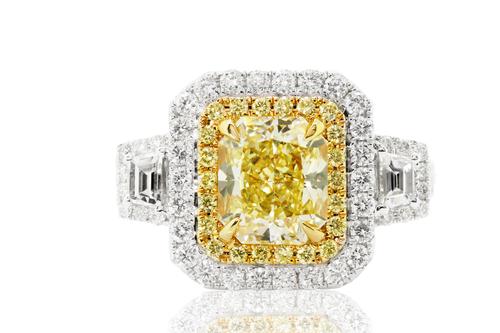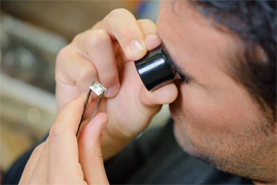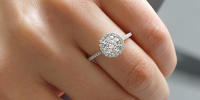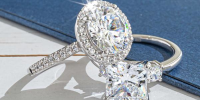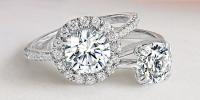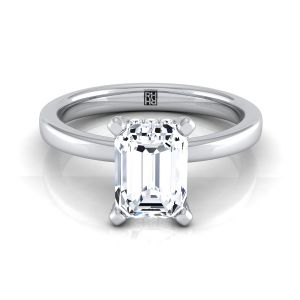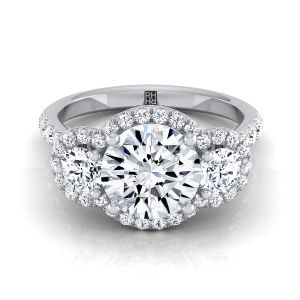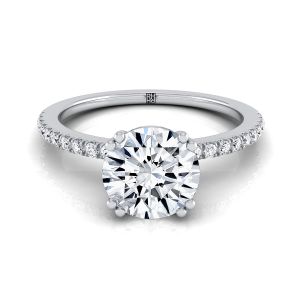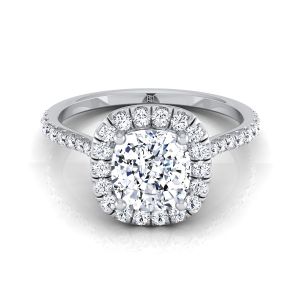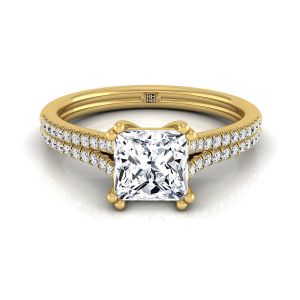Ever spot a citrine and
diamond ring and wonder what the orange-brown
stone really is? Well, for starters, it is the birthstone for November, alongside Topaz. Citrine gets its name from “citron”, which means lemon. It is a lively looking stone, which can range in
color from orange-brown to
yellow to gold. Citrines with darker shades are called “Madeira Citrine”, after the famous wine. These are the most valuable of all the citrines sold today.

Historically the emergence of citrine as a valued gem owes a lot to Queen Victoria of England, who adored these
stones. As a way of entertaining guests, she and husband Prince Albert used to invite hordes of people to their summer residence at Balmoral Castle. She was outspokenly fond of Scotland and insisted that people show up at occasion wearing resplendent attire featuring over-sized
shoulder brooches, and citrines in place of
diamond jewelry.

Citrines also gained in prominence around the
Art Deco period, when featuring large faceted versions of the stone in jewelry pieces was the height of fashion. The visual opulence of this sort was favored by many a celebrity, although it was also available to people of decent means because the cost was not too steep if you chose moderately.
 Historically the emergence of citrine as a valued gem owes a lot to Queen Victoria of England, who adored these stones. As a way of entertaining guests, she and husband Prince Albert used to invite hordes of people to their summer residence at Balmoral Castle. She was outspokenly fond of Scotland and insisted that people show up at occasion wearing resplendent attire featuring over-sized shoulder brooches, and citrines in place of diamond jewelry.
Historically the emergence of citrine as a valued gem owes a lot to Queen Victoria of England, who adored these stones. As a way of entertaining guests, she and husband Prince Albert used to invite hordes of people to their summer residence at Balmoral Castle. She was outspokenly fond of Scotland and insisted that people show up at occasion wearing resplendent attire featuring over-sized shoulder brooches, and citrines in place of diamond jewelry.
 Citrines also gained in prominence around the Art Deco period, when featuring large faceted versions of the stone in jewelry pieces was the height of fashion. The visual opulence of this sort was favored by many a celebrity, although it was also available to people of decent means because the cost was not too steep if you chose moderately.
Citrines also gained in prominence around the Art Deco period, when featuring large faceted versions of the stone in jewelry pieces was the height of fashion. The visual opulence of this sort was favored by many a celebrity, although it was also available to people of decent means because the cost was not too steep if you chose moderately.









